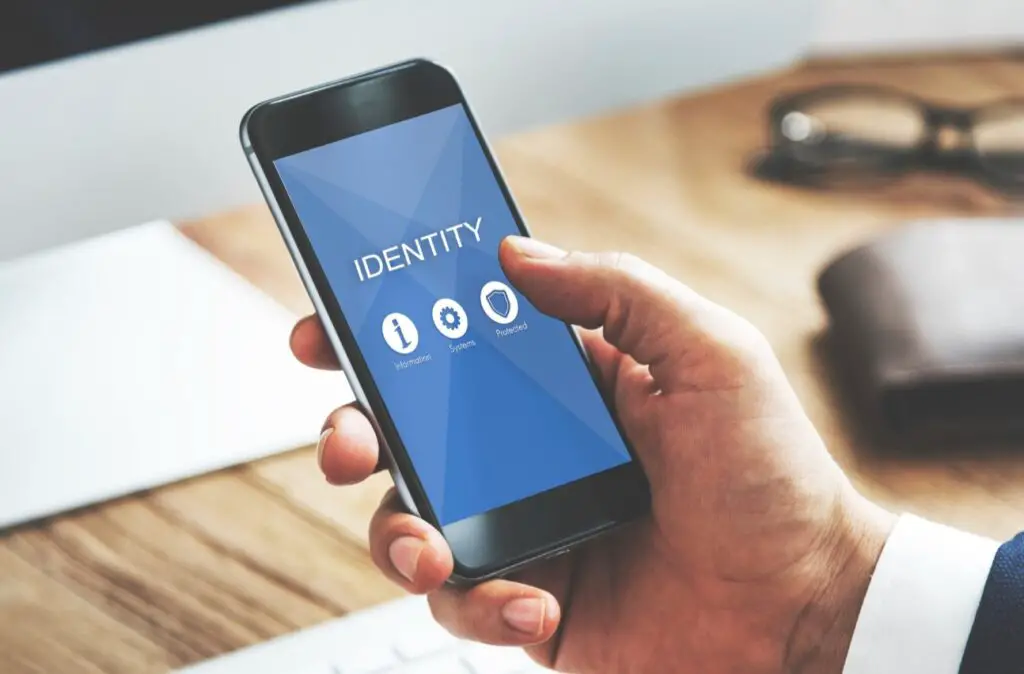Top 8 Cybersecurity Tips for Professionals in Their 40s to Protect Digital Life

In today’s digital world, cybersecurity is no longer an option—it is a necessity. Professionals in their 40s often juggle multiple online accounts, financial transactions, and work-related data, making them prime targets for cybercriminals. As technology advances, so do cyber threats, and staying vigilant is the key to protecting personal and professional information. If you are looking to strengthen your digital security, these eight essential cybersecurity tips will help safeguard your online life from hackers, scams, and data breaches.
1. Use Strong and Unique Passwords for Every Account

Using the same password across multiple accounts is one of the biggest security risks. Cybercriminals can exploit weak passwords through brute force attacks or data leaks. To protect your accounts, use strong, unique passwords that combine uppercase and lowercase letters, numbers, and special characters. A password manager can help you generate and store complex passwords securely, so you do not have to memorize them. Avoid using easily guessable passwords like birthdays, names, or simple sequences such as “123456.” The stronger your password, the harder it is for hackers to break into your accounts.
2. Enable Two-Factor Authentication on All Important Accounts

Two-factor authentication (2FA) adds an extra layer of security beyond your password. When enabled, it requires a second form of verification, such as a code sent to your phone or an authentication app. This additional step makes it significantly harder for cybercriminals to access your accounts, even if they manage to steal your password. Most banking, email, and social media platforms now offer 2FA, and enabling it on all critical accounts is one of the simplest and most effective ways to enhance your cybersecurity.
3. Be Cautious with Emails and Avoid Phishing Scams

Phishing scams remain one of the most common cybersecurity threats, targeting professionals through deceptive emails that appear legitimate. These emails often trick users into clicking on malicious links or providing sensitive information such as passwords or credit card details. Always verify the sender’s email address, avoid clicking on unexpected links, and never download attachments from unknown sources. If an email requests urgent action, such as verifying your account or making a payment, double-check the request through official channels before responding. Cybercriminals rely on human error, so staying alert can prevent you from falling victim to these scams.
4. Keep Your Software and Devices Updated

Outdated software and operating systems are prime targets for cyberattacks because they contain vulnerabilities that hackers exploit. Always keep your devices, applications, and security software up to date to ensure you are protected against the latest threats. Enable automatic updates whenever possible, so you do not have to manually check for security patches. Updates often include critical fixes that patch security loopholes, making it essential to stay current with the latest software versions.
5. Secure Your Home and Work Wi-Fi Networks

Your Wi-Fi network is a gateway to your personal and professional data, and an unsecured connection can expose you to cyber threats. Always use a strong password for your home Wi-Fi and change the default login credentials of your router. Consider using WPA3 encryption for enhanced security, and avoid using public Wi-Fi for sensitive activities like banking or work-related tasks. If you must use public Wi-Fi, use a virtual private network (VPN) to encrypt your internet connection and keep your data secure from potential hackers lurking on the same network.
6. Regularly Back Up Important Data

Data loss can occur due to cyberattacks, hardware failures, or accidental deletion. To protect your valuable files, set up regular backups to an external hard drive or a secure cloud storage service. Many cybercriminals use ransomware attacks to lock users out of their own files, demanding payment for access. Having an up-to-date backup ensures that you can restore your data without paying a ransom. Automating your backups will help keep your information secure without requiring constant manual intervention.
7. Be Mindful of What You Share Online

Many cybercriminals gather information from social media and online profiles to carry out targeted attacks. Be cautious about the personal details you share, such as your location, workplace, or upcoming travel plans. Adjust your privacy settings to limit who can see your posts and avoid oversharing sensitive information that could be used against you. Scammers often use publicly available information to impersonate you or trick others into disclosing confidential details, making it crucial to control your digital footprint.
8. Educate Yourself and Stay Informed on Cybersecurity Trends

Cyber threats are constantly evolving, and staying informed about the latest cybersecurity risks is essential. Follow reputable sources such as cybersecurity blogs, government agencies, and tech news sites to keep up with new threats and best practices. Many organizations offer free cybersecurity awareness training, which can help you recognize and avoid potential dangers. The more knowledge you have, the better prepared you will be to protect yourself from cyber threats in an increasingly digital world.
Final Thoughts

Cybersecurity is not just for IT professionals—it is something everyone needs to take seriously. By implementing these cybersecurity tips, professionals in their 40s can protect their personal and professional digital lives from cyber threats. From using strong passwords and enabling two-factor authentication to securing Wi-Fi networks and staying informed, every step you take toward better cybersecurity strengthens your digital defenses. The online world is constantly changing, but with the right precautions, you can stay ahead of cybercriminals and keep your information safe.
Leave a Reply